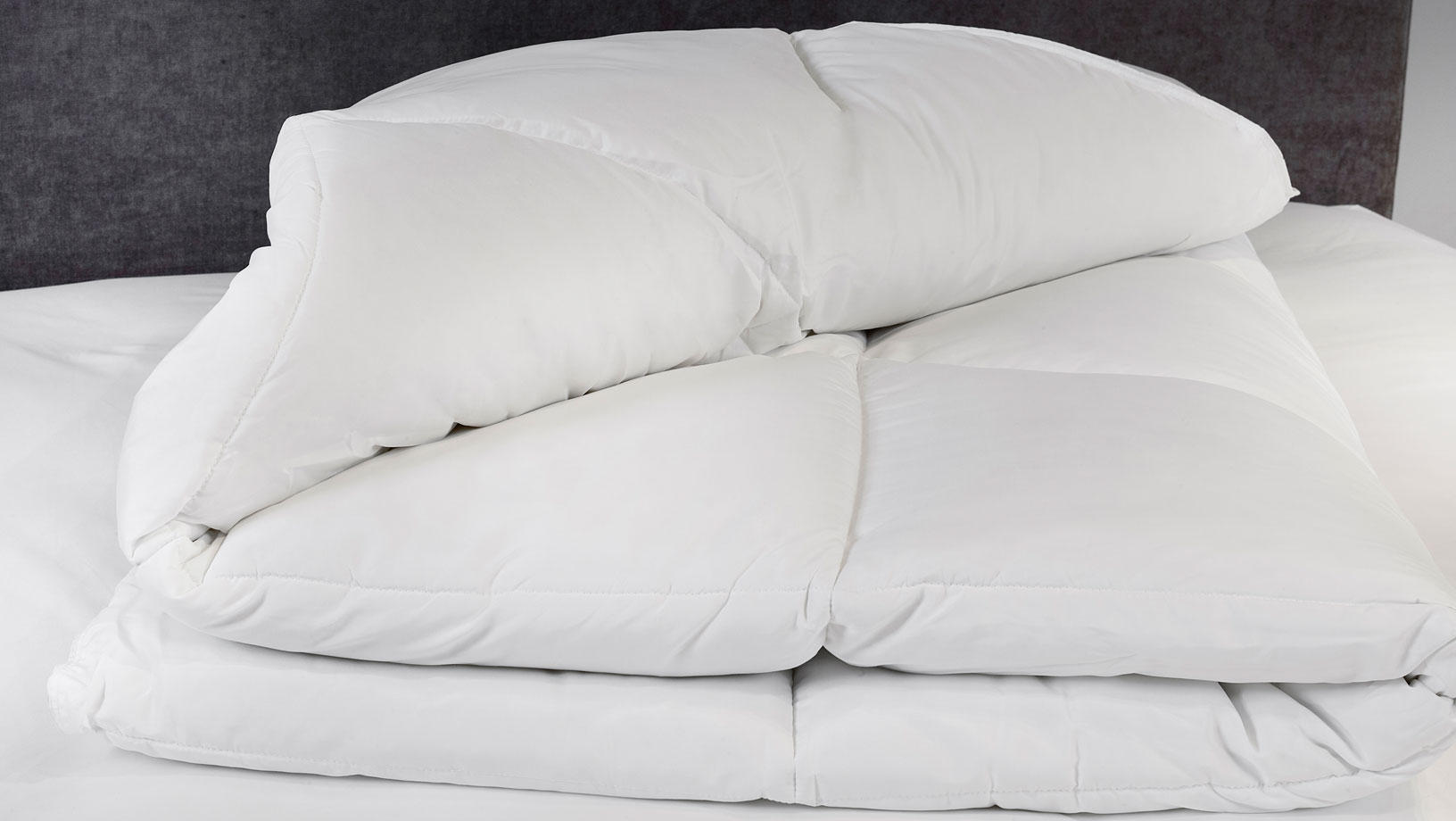

Articles
How Long Does A Duvet Last
Modified: October 20, 2024
Discover how long a duvet typically lasts and get expert insights on caring for your bedding in this informative articles.
(Many of the links in this article redirect to a specific reviewed product. Your purchase of these products through affiliate links helps to generate commission for Storables.com, at no extra cost. Learn more)
Introduction
A duvet is not just a cozy covering that keeps us warm and comfortable during the night; it is also an investment that adds style and luxury to our bedrooms. But have you ever wondered how long a duvet can actually last? The lifespan of a duvet varies depending on several factors, including the quality of the materials used, how frequently it is used, and how well it is cared for.
In this article, we will delve into the different factors that affect the lifespan of a duvet and discuss ways to extend its durability. So, if you want to make the most out of your duvet and ensure its longevity, keep reading!
Key Takeaways:
- Invest in a high-quality duvet made from durable materials and construction to ensure longevity and comfort, and use a duvet cover for added protection and easier maintenance.
- Regularly rotate, fluff, and follow proper cleaning instructions for your duvet to maintain its loft and freshness, and be mindful of signs that indicate it’s time for a replacement.
Read more: How Long Does A Dryer Last
Factors That Affect the Lifespan of a Duvet
Several factors can impact how long a duvet lasts. Understanding these factors can help you choose a duvet that suits your needs and ensure that it remains in good condition for as long as possible.
- Quality of Material: The quality of materials used in a duvet greatly affects its lifespan. Duvets made from high-quality materials, such as Egyptian cotton or silk, tend to be more durable and long-lasting compared to those made from synthetic fibers. The stitching and construction of the duvet also play a significant role in its durability. Look for duvets with strong stitching and reinforced seams to ensure they can withstand regular use and washing.
- Frequency of Use: How frequently you use your duvet can impact its lifespan. A duvet used year-round will naturally experience more wear and tear compared to one that is only used seasonally. Additionally, if you have pets who frequently share your bed or if you have children who tend to jump on the bed, this can also contribute to the duvet wearing out faster.
- Maintenance and Care: Proper maintenance and care can significantly extend the lifespan of a duvet. Regularly washing and cleaning your duvet according to the manufacturer’s instructions not only keeps it fresh and hygienic but also helps to prevent the buildup of dirt, oils, and allergens that can deteriorate the fabric over time. Using a duvet cover can also provide an extra layer of protection and make cleaning easier.
- Climate and Environment: The climate and environment in which you live can impact the lifespan of your duvet. Extreme temperatures, high humidity, and exposure to sunlight can deteriorate the fabric and cause it to weaken over time. If you live in a humid area, consider using a dehumidifier in your bedroom to help maintain optimal conditions for your duvet.
By considering these factors, you can make an informed decision when purchasing a duvet and take the necessary steps to ensure that it remains in excellent condition for years to come.
Quality of Material
When it comes to the lifespan of a duvet, the quality of the materials used is of utmost importance. The type of material not only affects the overall feel and comfort of the duvet but also determines its durability and longevity.
One of the key factors to consider is the fabric used for the outer cover of the duvet. Common materials include cotton, polyester, silk, and blends of different fibers. Each material has its own characteristics and advantages.
Cotton is a popular choice for duvets due to its breathability and softness. It is also easy to care for and can withstand regular washing. Egyptian cotton, known for its long and fine fibers, is considered a luxurious option that offers exceptional durability and a silky feel.
Polyester, on the other hand, is a synthetic material known for its affordability and resistance to wrinkles. While it may not be as luxurious as natural fibers, polyester duvets are often more durable and can withstand more wear and tear. They are also hypoallergenic and resistant to mold and mildew.
Silk duvets are highly prized for their luxurious feel and natural temperature-regulating properties. Silk fibers are delicate and require extra care, but with proper maintenance, they can last for many years. Silk duvets are hypoallergenic and provide excellent insulation without feeling too heavy.
Another important aspect to consider is the quality of the filling inside the duvet. The filling can be natural or synthetic, and each has its own set of benefits.
Down duvets, filled with the fine feathers found underneath the outer feathers of ducks or geese, provide exceptional insulation and a lightweight feel. They are known for their breathability and ability to trap warmth without causing overheating. High-quality down duvets can last for many years with proper care.
Synthetic fillings, such as polyester microfiber or hollowfiber, offer an affordable and hypoallergenic alternative to down. They are often easier to clean and can withstand regular washing without losing their loft and shape. However, synthetic-filled duvets may not have the same level of insulation as down and may need to be replaced more frequently.
When choosing a duvet, it is important to consider your personal preferences, budget, and any specific needs or allergies you may have. Investing in a high-quality duvet with durable materials will not only provide comfort and warmth but also ensure that it lasts for many years.
Frequency of Use
The frequency with which you use your duvet can have a significant impact on its lifespan. Duvets that are used more frequently are subject to more wear and tear, resulting in a shorter overall lifespan.
One of the factors to consider is whether you use your duvet year-round or only seasonally. If you use your duvet all year, it will naturally experience more usage and may show signs of wear more quickly. In contrast, if you only use your duvet during the colder months and switch to a lighter blanket or comforter during the rest of the year, your duvet will have periods of rest and rejuvenation, potentially prolonging its lifespan.
Additionally, if you have pets who frequently share your bed or if you have children who tend to jump on the bed, this can contribute to the duvet getting worn out faster. Pets may shed fur, leave stains, or cause tears in the fabric, while children’s activities can put extra strain on the duvet, leading to more frequent washing or potential damage.
It’s also important to consider the quality and construction of the duvet itself. Higher-quality duvets tend to have better stitching and stronger seams, which can withstand the test of time and regular use. Cheaper, low-quality duvets may deteriorate more quickly with frequent use and washing.
To extend the lifespan of your duvet, consider using a duvet cover. A duvet cover acts as a protective layer, shielding the duvet from direct contact with your body, spills, dirt, and oils. By regularly washing the duvet cover, you can keep your duvet cleaner and reduce the need for frequent washing.
For those who use their duvet year-round, it’s advisable to rotate the duvet regularly. Flipping and rotating the duvet can distribute the weight and pressure more evenly, reducing the wear on specific areas. This simple task can help maintain the overall integrity and structure of the duvet.
By being mindful of the frequency of use and taking appropriate steps to protect your duvet, you can help extend its lifespan and enjoy its warmth and comfort for many years to come.
To extend the lifespan of your duvet, use a duvet cover to protect it from stains and wear, and regularly fluff and air it out to maintain its loft and freshness.
Maintenance and Care
Proper maintenance and care are key to extending the lifespan of your duvet. By following a few simple guidelines, you can keep your duvet clean, fresh, and in excellent condition for years to come.
First and foremost, it’s important to check the care instructions provided by the manufacturer. Each duvet may have specific cleaning and care requirements that should be followed to ensure its longevity. Some duvets may be machine washable, while others may require professional dry cleaning. Take note of any temperature restrictions or specific detergents that should be used.
Regularly washing your duvet is essential to maintain its cleanliness and remove any buildup of dirt, oils, or allergens. Depending on the recommendations, you may need to wash your duvet every few months or annually. Use a gentle cycle with mild detergent and avoid using bleach or harsh chemicals, as these can damage the fabric and filling.
When washing your duvet, it’s a good idea to add a couple of tennis balls or dryer balls to the dryer. This helps to fluff up the duvet and prevent the filling from clumping together. Be sure to dry the duvet thoroughly, as any moisture left can lead to mold or mildew growth.
Using a duvet cover can provide an extra layer of protection and make cleaning your duvet easier. A duvet cover acts as a barrier, preventing direct contact between your body and the duvet, thus reducing the need for frequent washing. Choose a duvet cover made from a material that is easy to clean and maintain.
In addition to regular washing, it’s a good idea to occasionally air out your duvet. This can be done by hanging it outside on a sunny day or placing it in a well-ventilated area. Fresh air helps to eliminate any odors and keeps the duvet feeling fresh and rejuvenated.
Lastly, it’s important to address any stains or spills promptly. Blotting the affected area with a clean cloth and mild detergent can help remove minor stains. For more stubborn stains, it may be necessary to spot clean or seek professional assistance, depending on the care instructions provided.
By following these maintenance and care tips, you can ensure that your duvet remains clean, fresh, and in excellent condition for many years. Taking the time to properly care for your duvet will not only extend its lifespan but also provide continued comfort and warmth throughout its lifetime.
Read more: How Long Does A Shed Last
Signs That Your Duvet Needs to Be Replaced
While a well-cared-for duvet can last for many years, there comes a time when it needs to be replaced. Knowing the signs to look out for can help you determine when it’s time to invest in a new duvet. Here are some common signs that indicate your duvet may need to be replaced:
- Loss of Loft: Over time, the filling inside your duvet can flatten out and lose its loft. If your duvet feels less fluffy and doesn’t provide the same level of insulation and warmth as before, it may be an indication that the filling is compressed and the duvet is no longer effective.
- Visible Wear and Tear: Check your duvet for any signs of visible wear and tear, such as holes, rips, or frayed edges. If the fabric is damaged beyond repair, it’s a clear indication that it’s time for a new duvet.
- Uneven Distribution of Filling: As the filling inside the duvet gets older, it may start to clump or shift, resulting in an uneven distribution. If you find that certain areas of your duvet have larger clusters of filling while other areas are thin or lack filling altogether, it may be a sign that the duvet is no longer providing the desired level of comfort and insulation.
- Allergies or Discomfort: If you start experiencing allergies or discomfort while using your duvet, it could be a sign that it’s time for a replacement. Over time, duvets can accumulate dust mites, allergens, and bacteria that can trigger allergies or respiratory issues. If regular washing and maintenance don’t alleviate the problem, it’s best to invest in a new duvet.
- Foul Odors: If your duvet develops persistent odors that don’t go away even after washing and airing it out, it may be a sign of mold or mildew growth. Mold and mildew can compromise the quality of the duvet and pose health risks, so it’s important to replace it if you cannot eliminate the odor.
These signs should serve as a guideline in determining whether it’s time to replace your duvet. If you notice any of these signs or if your duvet is simply no longer providing the comfort and warmth it once did, it’s a good idea to start shopping for a new duvet to ensure a good night’s sleep.
Extending the Lifespan of Your Duvet
To get the most out of your duvet and extend its lifespan, there are several steps you can take to ensure its longevity. By following these tips, you can keep your duvet in excellent condition for years to come:
- Invest in Quality: Choose a duvet made from high-quality materials and construction. Opt for duvets with strong stitching and reinforced seams that can withstand regular use and washing. Investing in a durable and well-made duvet from the start can greatly extend its lifespan.
- Use a Duvet Cover: Using a duvet cover is a great way to protect your duvet from direct contact with your body, spills, dirt, and oils. Duvet covers are easy to remove and wash, providing an extra layer of protection and making cleaning your duvet easier. Choose a duvet cover made from a material that is easy to clean and maintain.
- Rotate and Fluff: Regularly rotating and fluffing your duvet can help distribute the filling more evenly and prevent it from becoming flat or clumpy. Rotate the duvet and fluff it up by shaking or gently patting it to maintain its loft and ensure a consistent level of insulation.
- Follow Proper Cleaning Instructions: Always follow the care instructions provided by the manufacturer when washing or cleaning your duvet. Some duvets may be machine washable, while others may require professional dry cleaning. Be sure to use a gentle cycle, mild detergent, and appropriate temperature settings to avoid damaging the fabric or filling.
- Air It Out: Occasionally airing out your duvet can help eliminate any odors and keep it feeling fresh. Hang it outside on a sunny day or place it in a well-ventilated area to allow it to breathe and rejuvenate. Avoid exposure to direct sunlight for extended periods, as this can cause the fabric to fade or weaken.
- Protect from Pets and Children: If you have pets or children who share your bed, consider using a barrier, such as a pet blanket or a designated play area, to protect your duvet from their activities. This can help prevent stains, tears, and excessive wear and tear.
- Store Properly: When not in use, store your duvet in a cool, dry, and well-ventilated area. Avoid storing it in plastic bags, as this can trap moisture and lead to mold or mildew growth. Instead, use a breathable storage bag or a cotton pillowcase to protect it from dust and dirt.
By implementing these practices, you can significantly extend the lifespan of your duvet and ensure it remains cozy, comfortable, and in great condition for years to come. Protecting and maintaining your duvet properly will not only provide you with long-lasting comfort but also save you money in the long run by avoiding frequent replacements.
Conclusion
Your duvet is more than just a cozy blanket; it’s an investment that adds comfort and style to your bedroom. Understanding the factors that can affect the lifespan of your duvet and taking the necessary steps to prolong its durability is essential. By considering the quality of materials, frequency of use, maintenance and care, and recognizing signs of wear and tear, you can ensure that your duvet remains in excellent condition for as long as possible.
Choosing a high-quality duvet made from durable materials and construction is crucial. Additionally, using a duvet cover can provide an extra layer of protection and make cleaning easier. By rotating and fluffing your duvet regularly, following proper cleaning instructions, and airing it out periodically, you can maintain its loft and freshness. Protecting the duvet from pets and children, storing it properly, and being mindful of the climate and environment can also contribute to its longevity.
Recognizing the signs that your duvet needs to be replaced, such as loss of loft, visible wear and tear, or persistent odors, is important to ensure a comfortable and hygienic sleep environment. When it’s time for a new duvet, invest in a high-quality option that meets your needs and preferences.
In conclusion, by taking care of your duvet and following these guidelines, you can enjoy its warmth, comfort, and style for many years. So, give your duvet the attention it deserves, and it will reward you with cozy nights and a bed that feels like a haven of comfort.
Frequently Asked Questions about How Long Does A Duvet Last
Was this page helpful?
At Storables.com, we guarantee accurate and reliable information. Our content, validated by Expert Board Contributors, is crafted following stringent Editorial Policies. We're committed to providing you with well-researched, expert-backed insights for all your informational needs.

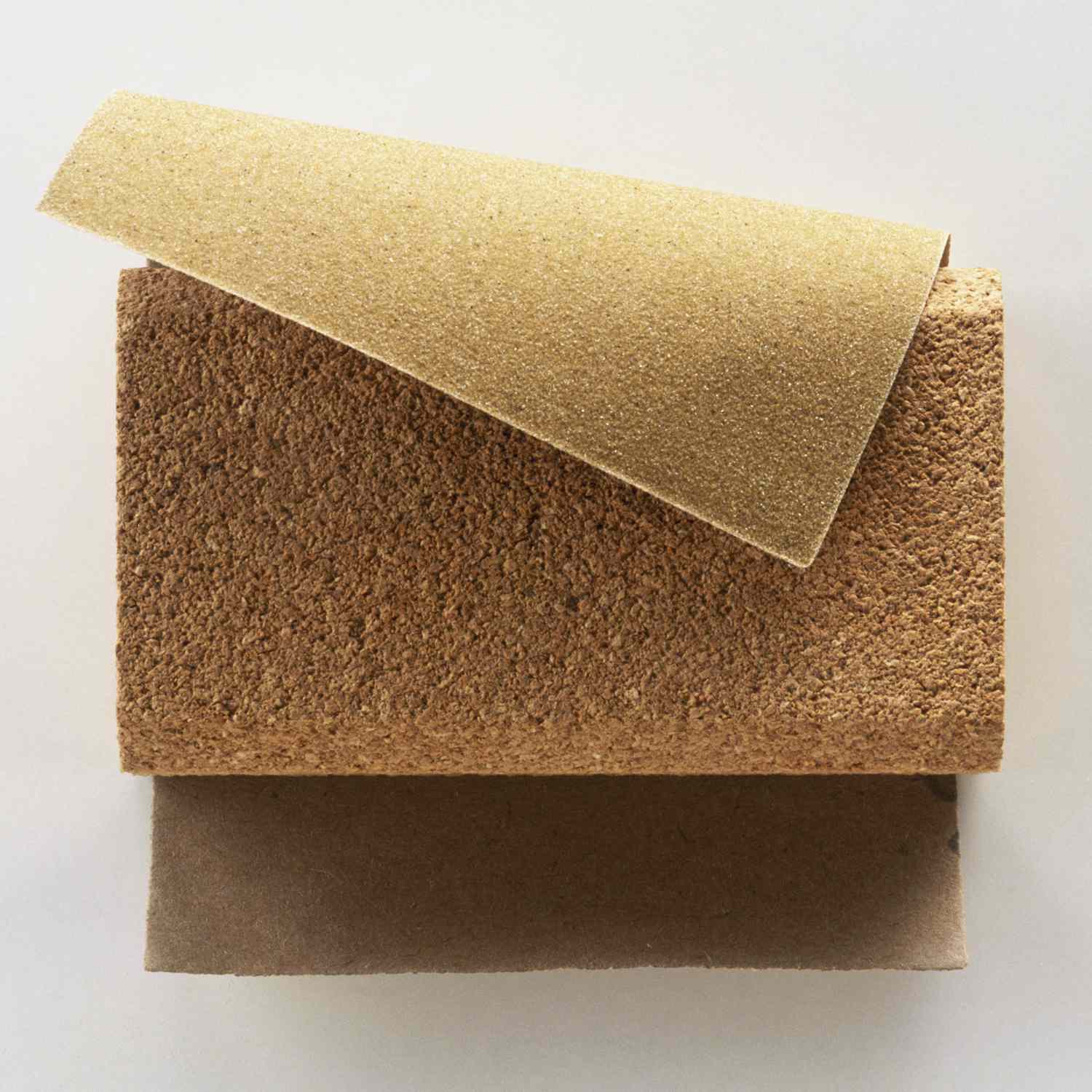
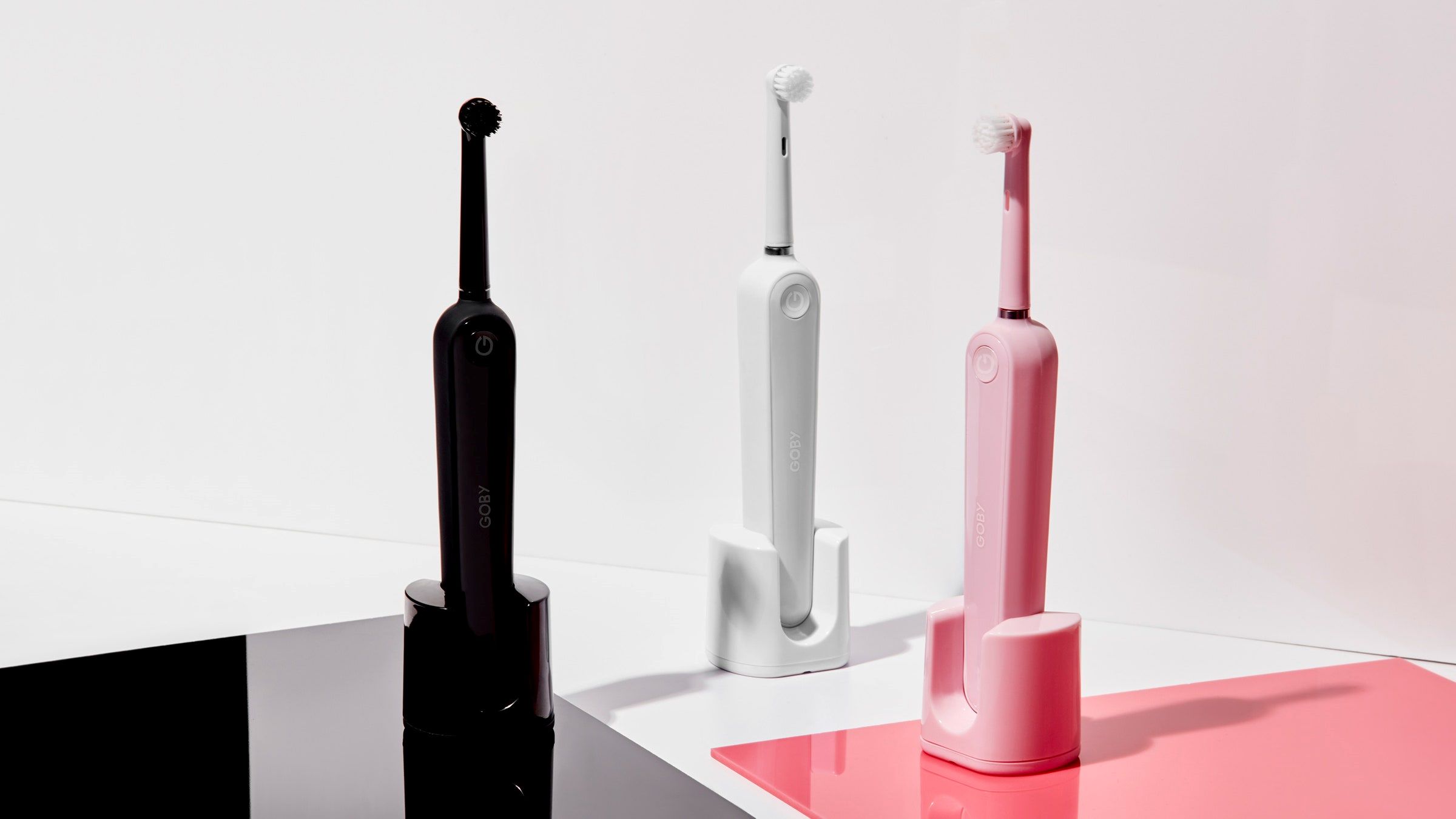
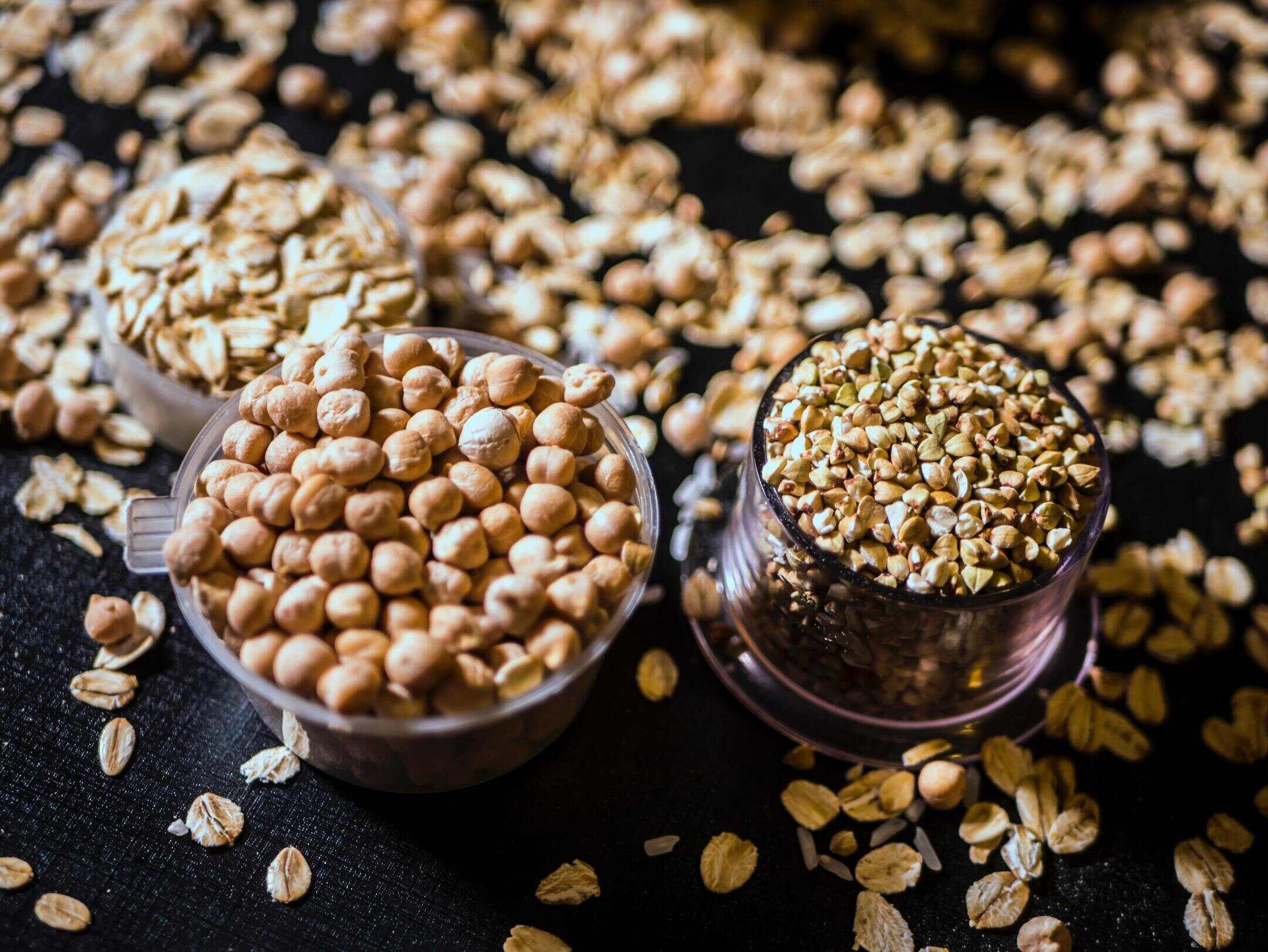

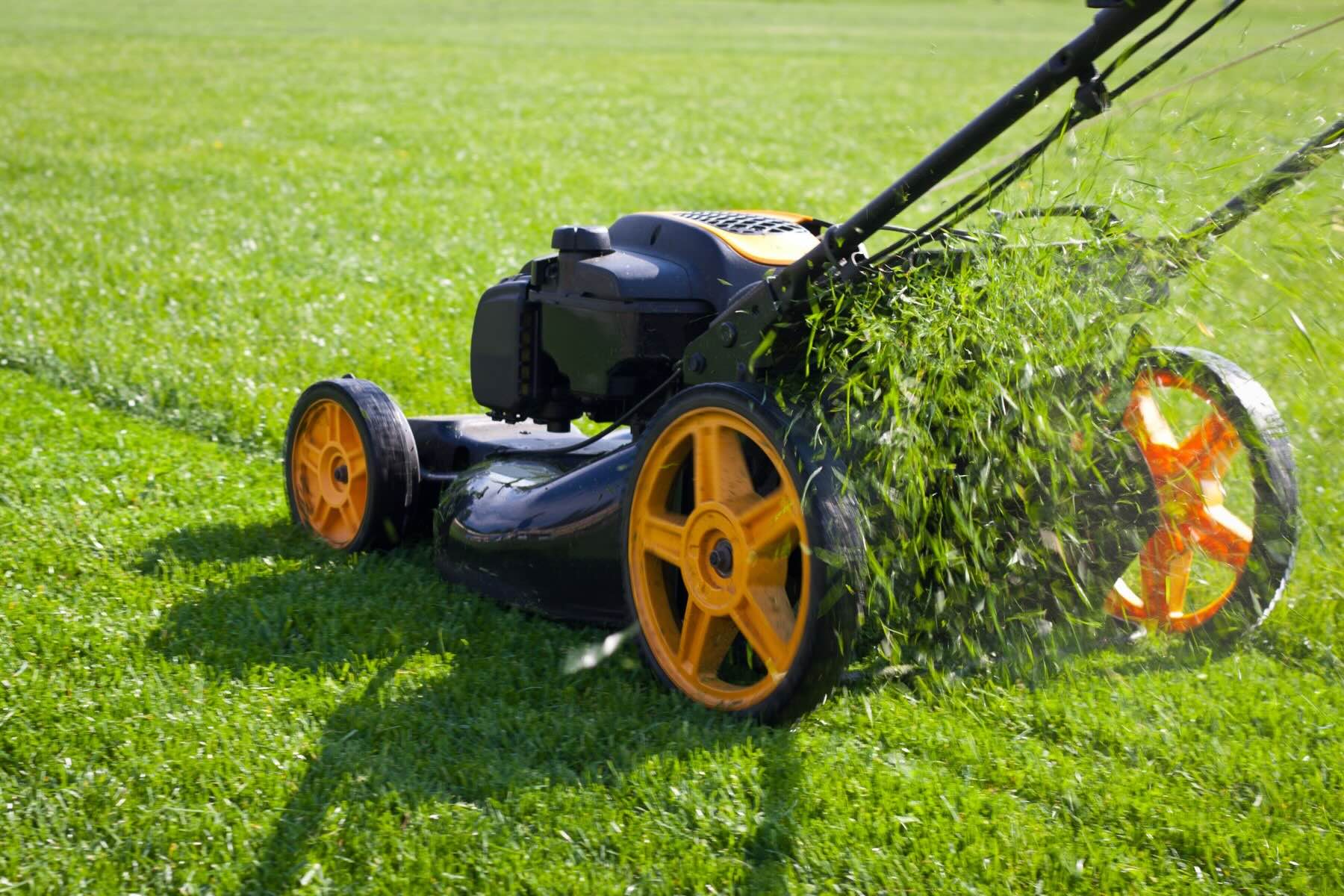
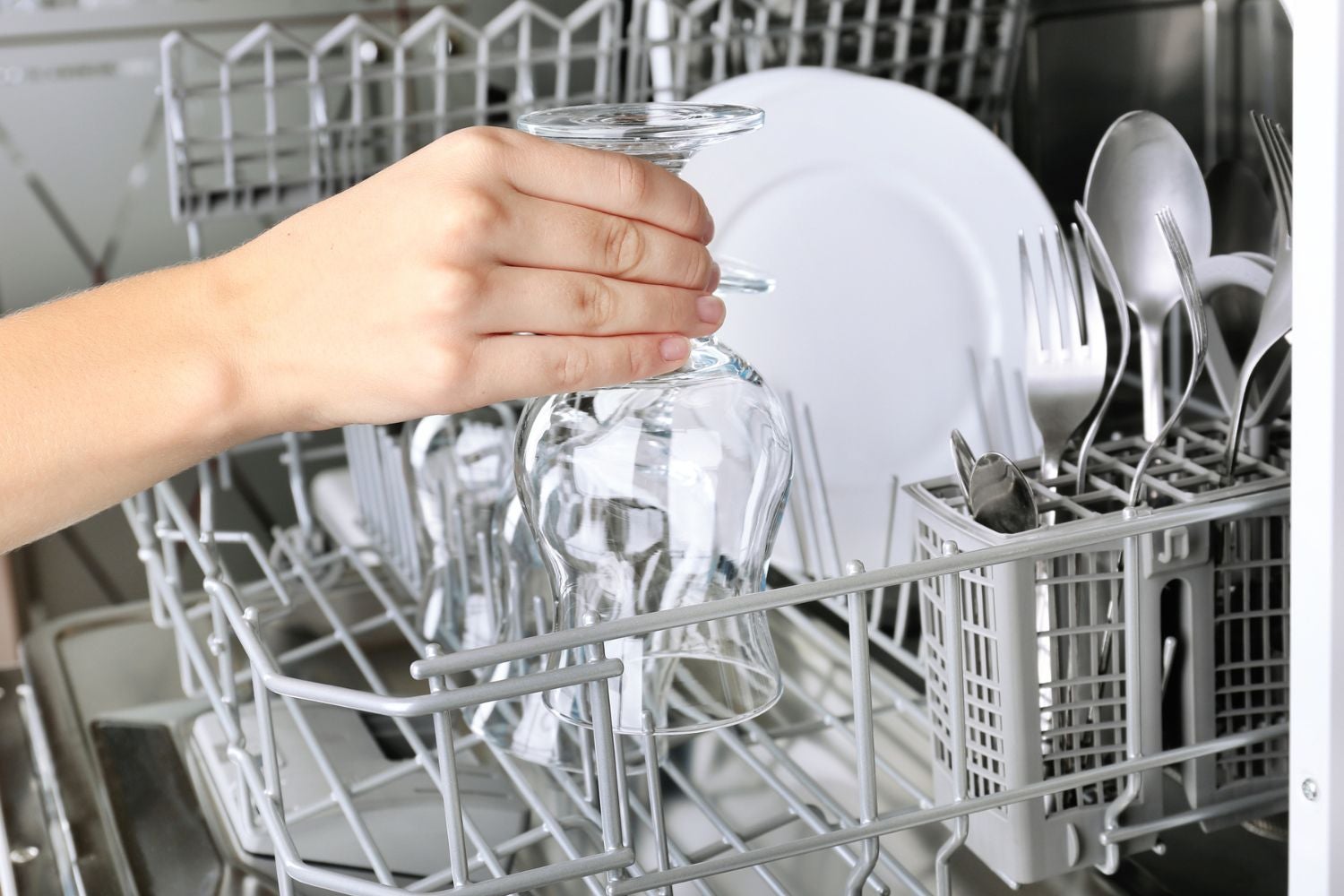
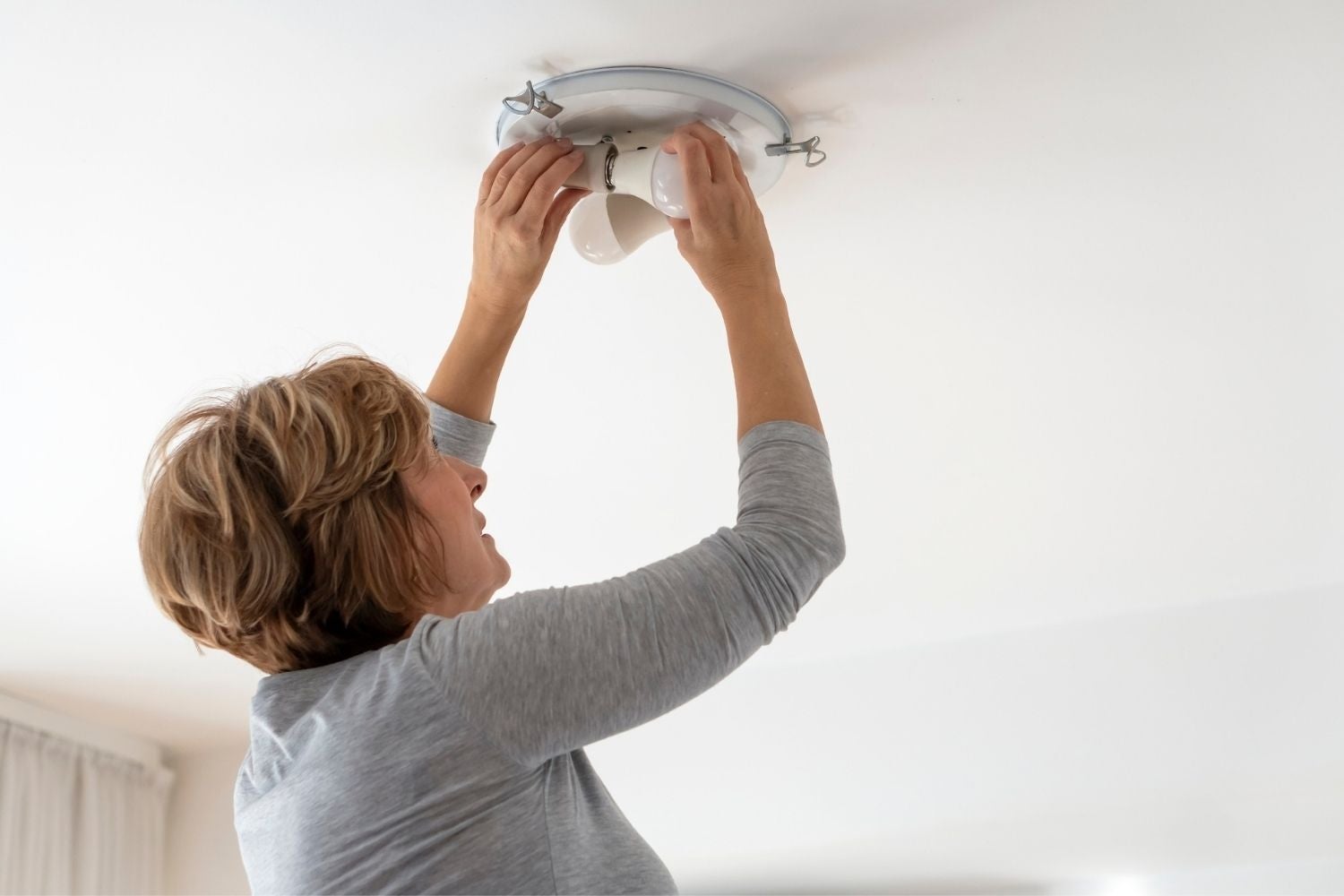
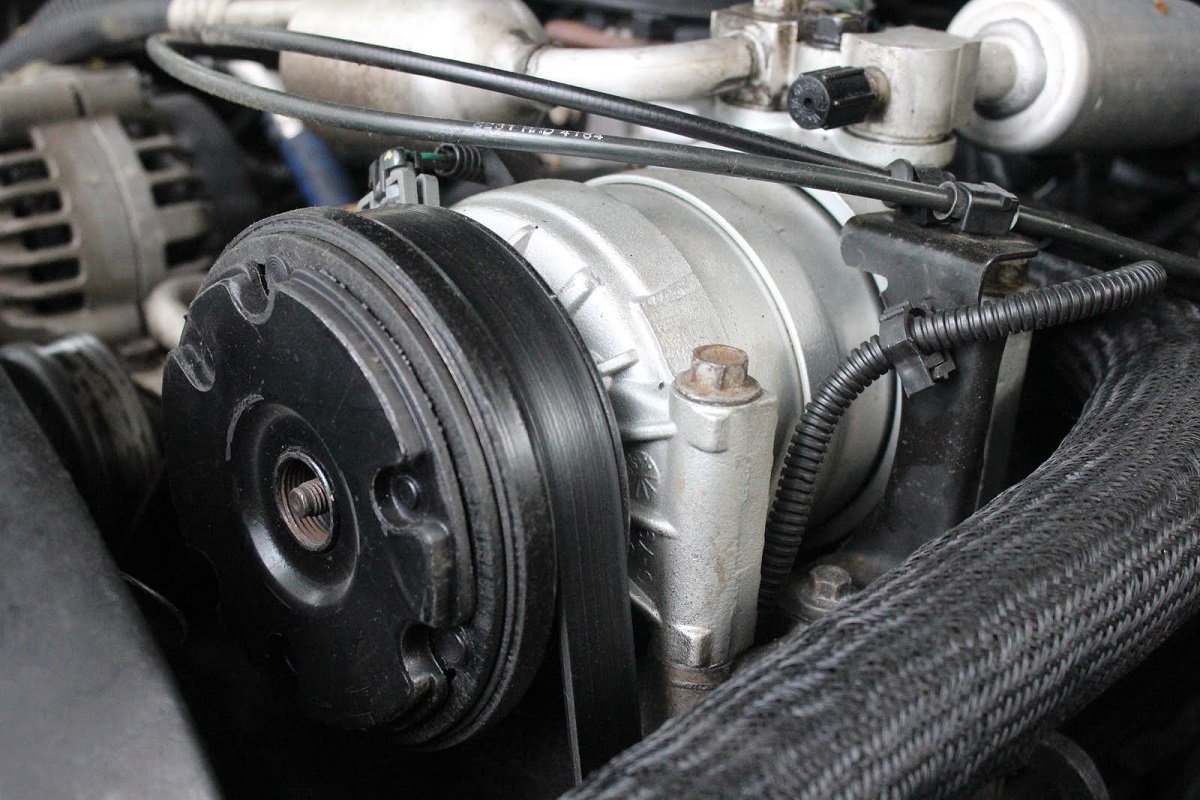



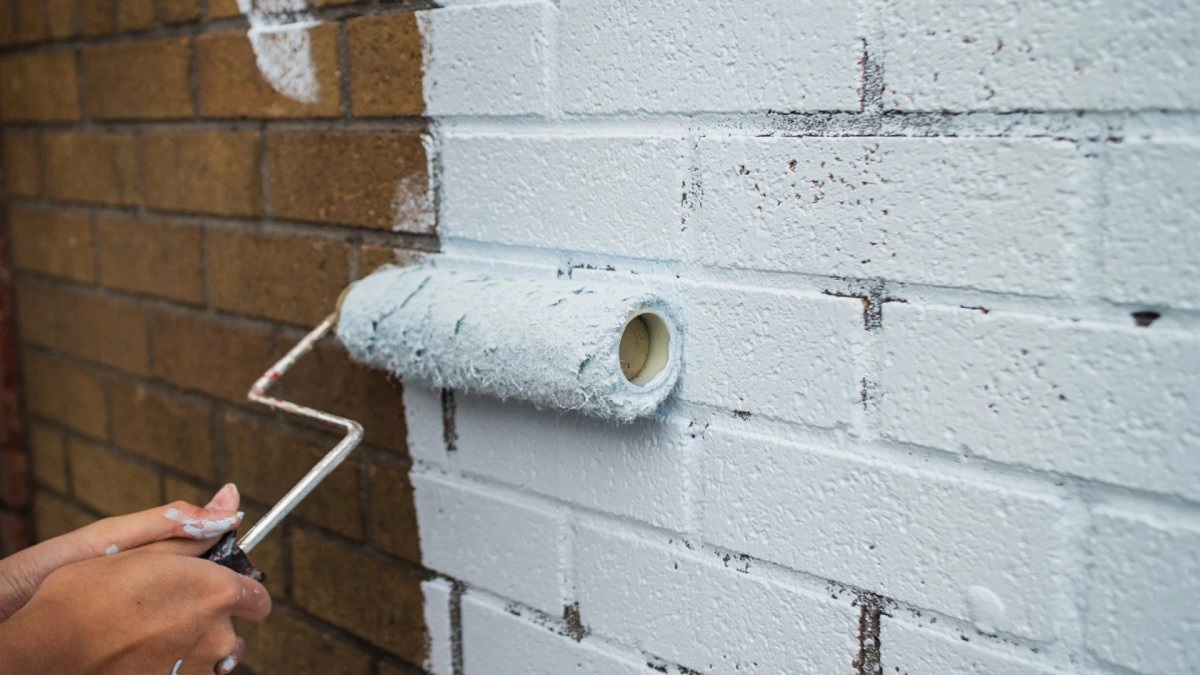
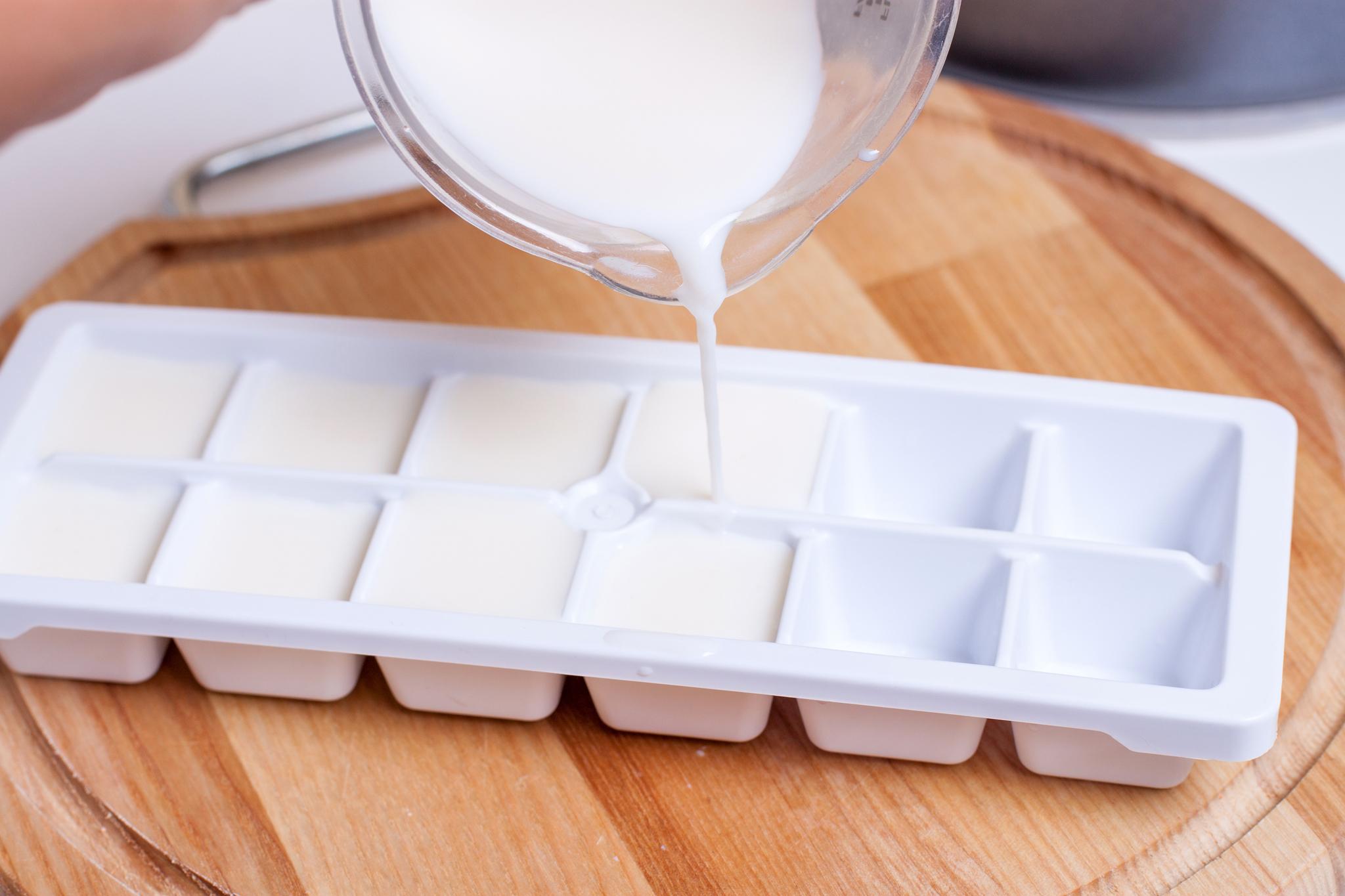

0 thoughts on “How Long Does A Duvet Last”